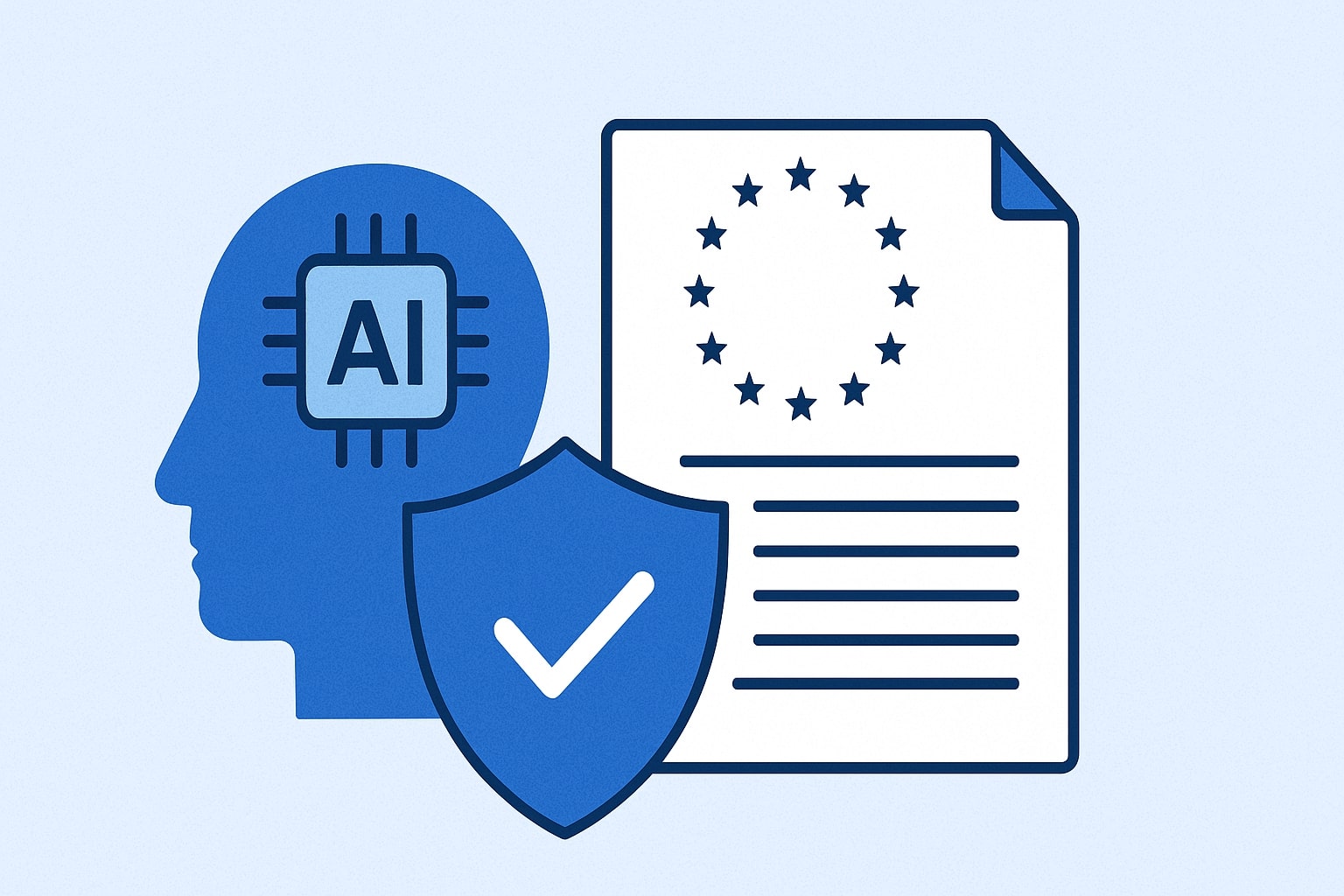EDPB Opinion 28/2024 and AI Data Protection: What It Means for Your Business
Learn key insights from EDPB Opinion 28/2024 on AI and GDPR compliance. Discover its impact on businesses & how GuardOS ensures data protection.
 Source: GuardOS
Source: GuardOS
Artificial Intelligence holds immense promise for businesses, driving innovation, improving efficiency, and delivering exceptional results. However, with the rapid rise of AI also comes increased regulatory scrutiny, and EDPB's Opinion 28/2024 has solidified privacy regulations as a critical focal point for enterprises leveraging AI.
This opinion is a pivotal development in aligning AI use with GDPR compliance, directly addressing the ethical dilemmas and legal risks posed by personal data processing in AI development. For businesses—especially those relying on AI systems—grasping these guidelines isn't just recommended; it’s essential.
Understanding the implications of EDPB Opinion 28/2024 and how to maneuver within its framework will not only help safeguard your operations but also secure your reputation and competitive edge.
At a Glance: What is EDPB Opinion 28/2024?
Issued by the European Data Protection Board (EDPB), Opinion 28/2024 provides clarity on critical issues regarding AI systems and data privacy. It outlines stringent measures for the responsible use of personal data in AI, ensuring compliance with GDPR principles. Here are the three pillars of the opinion and their significance for businesses:
1. Anonymity in AI Models
Not all AI models processing personal data qualify as "anonymous." The EDPB requires a detailed, case-by-case evaluation to confirm that the likelihood of re-identifying an individual from AI-processed data is negligible. This reinforces the need for robust anonymization strategies during AI development, helping businesses eliminate risks tied to data misuse.
2. Legitimate Interest as a Legal Basis
Relying on "legitimate interest" as a blanket justification for processing personal data is no longer viable. The opinion mandates a strict three-step balancing test to verify legitimacy, necessity, and protection of data subject rights. Businesses must now go beyond default claims and focus on transparency and accountability.
3. Consequences of Non-Compliance
One of the most striking warnings in the guidance is the potential for severe penalties, including mandatory data deletion or, worse, the destruction of AI models trained on non-compliant datasets. The message is clear—cutting corners on compliance can cost your enterprise far more than regulatory fines.
Why Non-Compliance is Not an Option
Opinion 28/2024 has raised the stakes for businesses leveraging AI. Regulatory penalties for non-compliance are no longer just a financial matter; they also represent a major threat to operational continuity and reputation. The risks span multiple areas:
- Hefty Fines: Up to 4% of global annual revenue for GDPR violations.
- Operational Disruptions: Forced data deletion could derail critical AI models.
- Reputational Damage: Erosion of customer trust from non-compliant practices.
- Model Suspension/Destruction: Complete loss of AI development investments in extreme cases.
For enterprises navigating the competitive AI landscape, the question isn’t "Can we afford to comply?"—it’s "Can we afford not to?"
5 Steps to EDPB Compliance for AI
To protect your business from the potential pitfalls outlined by the EDPB and ensure GDPR compliance, consider these actionable steps:
- Invest in Privacy-Preserving Techniques: Leverage technologies like data masking, pseudonymization, or differential privacy to reduce risks associated with personal data processing. Properly implementing and documenting these techniques ensures compliance and safeguards your models.
- Conduct Data Protection Impact Assessments (DPIAs): Evaluate data risks during the AI development lifecycle by carrying out DPIAs. They provide a structured framework for identifying issues and creating mitigation strategies, demonstrating due diligence to regulators.
- Perform Legitimate Interest Assessments: Clearly articulate the business need of processing personal data. Ensure compliance by proactively mitigating risks to individuals’ rights and freedoms. Transparency in communication with stakeholders is critical.
- Maintain Comprehensive Records: Well-documented records of AI model design, anonymization processes, and compliance measures are essential. These documents serve as proof of adherence during regulatory reviews and audits.
- Collaborate with Privacy Experts: Work with legal and ethics experts to build compliance into your operations. Audits and training programs tailored toward GDPR can help fortify internal processes and prevent non-compliance.
Privacy and AI Innovation Can Coexist
The EDPB's Opinion 28/2024 isn’t just a regulatory hurdle; it’s an opportunity for businesses to lead responsibly in the AI revolution. By championing privacy and ethics in AI development, you can build trust with customers, partners, and regulators—an invaluable asset in this competitive landscape.
Businesses that view compliance as an opportunity rather than an obligation will find themselves at the forefront of innovation while safeguarding their future from unnecessary risks.
What’s Your Next Move?
Ensuring compliance may feel overwhelming, but the rewards far outweigh the challenges. Enterprises that proactively align their AI strategies with Opinion 28/2024 can position themselves as leaders of both innovation and accountability in the field.
Need help navigating these new regulatory landscapes? Speak to an expert from GuardOS to integrate privacy-preserving practices into your AI operations.


